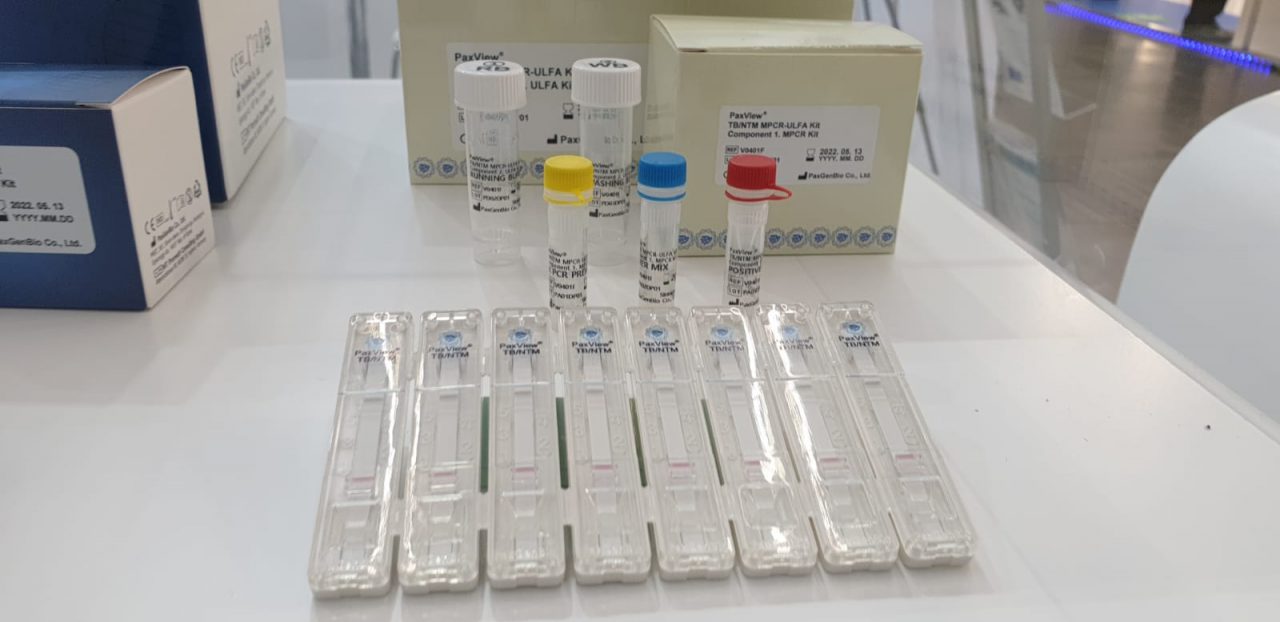Abstract
To determine whether patients with tuberculosis (TB) and nontuberculous mycobacteria (NTM) infection could be distinguished from each other with limited information, we compared patients with pulmonary TB and NTM during 2005-2006. Our finding that age, place of birth, and the presence of chronic obstructive pulmonary disease could differentiate TB and NTM disease could help in TB control efforts.
Keywords:
Bacteria, Mycobacterium tuberculosis, Mycobacterium avium, tuberculosis and other mycobacteria, pulmonary and respiratory infections, non-tuberculous mycobacteria, infection control, diagnosis, clearance.
General description
- Non-tuberculous mycobacteria (NTM) are mycobacteria other than M. tuberculosis (the cause of tuberculosis) and M. leprae (the cause of leprosy). NTMs are also called atypical mycobacteria, mycobacteria other than tuberculosis (MOTT), or environmental mycobacteria.
- Although anyone can get an NTM infection, NTMs are opportunistic pathogens that put some groups at higher risk, including those with underlying lung disease or suppressed immune systems. These pathogens are not normally spread from person to person. However, person-to-person transmission of M. abscessus has been reported in patients with cystic fibrosis.
- NTMs are environmental organisms that can be found in soil, dust, and water, including natural water sources (such as lakes, rivers, and streams) and municipal water sources (such as the water that people drink or use). showering). NTM can form difficult-to-remove biofilms, which are collections of microorganisms that stick together and adhere to surfaces in moist environments, such as the inside of building plumbing.
Symptoms
1. NTMs can cause infections in a wide variety of body sites, most commonly the lungs and the following areas:
- Skin and soft tissues (typically after surgery, trauma, injection of drugs or other substances)
- Device-associated infections (eg, central line-associated bloodstream infections, exit-site infections, pacemaker pocket site infections, etc.)
- Lymph nodes (more commonly in children)
- Blood or other generally sterile places in the body (spread) (most commonly in immunocompromised patients, such as those with HIV or AIDS, but can also be due to invasive medical devices or procedures)
2. Symptoms can be vague and nonspecific, such as:
- Fever
- Weightloss
- Night sweats
- Decreased appetite
- power loss
3. Other symptoms depend on the site of infection and may include cough, shortness of breath, blood in the sputum, and skin rashes.
Tuberculosis (TB) is a chronic bacterial disease that infects the lungs, kidneys, spine, and/or brain. TB is an airborne mycobacterium and can be spread from person to person, such as when an infected person coughs or sneezes. It can also cause an infection after a latent period in a person who was infected at an earlier time.
Without treatment, TB can cause serious complications in other parts of the body or even be fatal. Treatment requires months of adherence to various antibiotics, but most cases can be cured. Drug-resistant TB is much more difficult to cure and treatment takes much longer (9 to 18 months). Brigham and Women’s Hospital (BWH) works with the Massachusetts Department of Public Health, which subsidizes all diagnostic testing and treatment.
Surgery is used to diagnose and treat complications of TB. Surgical approaches to lung resection include thoracotomy and video-assisted thoracic surgery (VATS). For surgical treatment to be most effective, it must be preceded and followed by extensive antibacterial therapy.
Non-tuberculous mycobacterial (NTM) disease is a general term for a group of lung infections caused by exposure to mycobacteria found in soil and water. The mycobacteria that cause these diseases exclude those that cause tuberculosis and leprosy. NTM most commonly affects people with weakened immune systems due to other lung diseases, but healthy people with no history of lung disease can also be affected. If left untreated, the disease can become chronic and require ongoing treatment.
Despite medical and surgical advances, TB remains a global epidemic and its presentation requires an aggressive and coordinated approach. The Lung Center at BWH provides high-quality multidisciplinary care and research in the area of TB and NTM treatment. Pulmonologists, thoracic surgeons, and infectious disease physicians who specialize in TB and NTM collaborate with other BWH specialists to provide patients with a highly informed diagnosis and consistent treatment plan.
What are the risk factors for TB and nontuberculous mycobacterial disease?
Tuberculosis and nontuberculous mycobacterial diseases affect people of all ages, genders, races, and income levels. The following groups face a higher risk:
- People who live or work with other people who have TB, including hospital staff
- People from countries where TB is prevalent
- People who abuse alcohol or use intravenous drugs
- people who smoke
- Homeless people
- Young children and the elderly
- People without access to health care.
- People in group settings, such as nursing homes.
Patients with weakened immune systems are particularly susceptible to both TB and nontuberculous mycobacterial disease. Some conditions that weaken the immune system and/or damage the lung structure include:
- bronchiectasis
- Chronic obstructive pulmonary disease (COPD) and emphysema
- Cystic fibrosis
- Human immunodeficiency virus (HIV)
- Occupational and environmental lung diseases
- lung transplant

